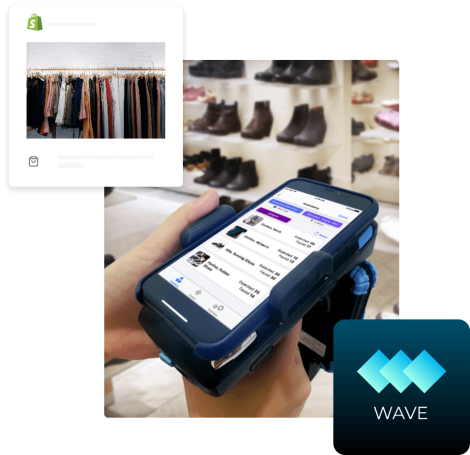A.I.M.S RELEASE NOTES FOR SEPTEMBER 1, 2022
A.I.M.S. RELEASE VERSION 1.12.02
New Feature for Store Accounts
Closed Page New Features
- Date filter has been added to the Closed Page.
- Renamed the Closed button to Closed/FD.
Work Queue Page New Features
- Renamed Cancel button to Void.
Settings Page New Features
- A new field has been added for Store Sales Representative's names on the Settings page
Reorder Queue Page New Features
- The Other Reference Data field has been renamed to Reference Data. Ship to FSD Office has been set as the default value.
New Features for Admin Accounts
Admin Reorder Queue Page New Features
- The Batch Reordering has been added.
- Added a model where Admins can add reference number and reference data.
